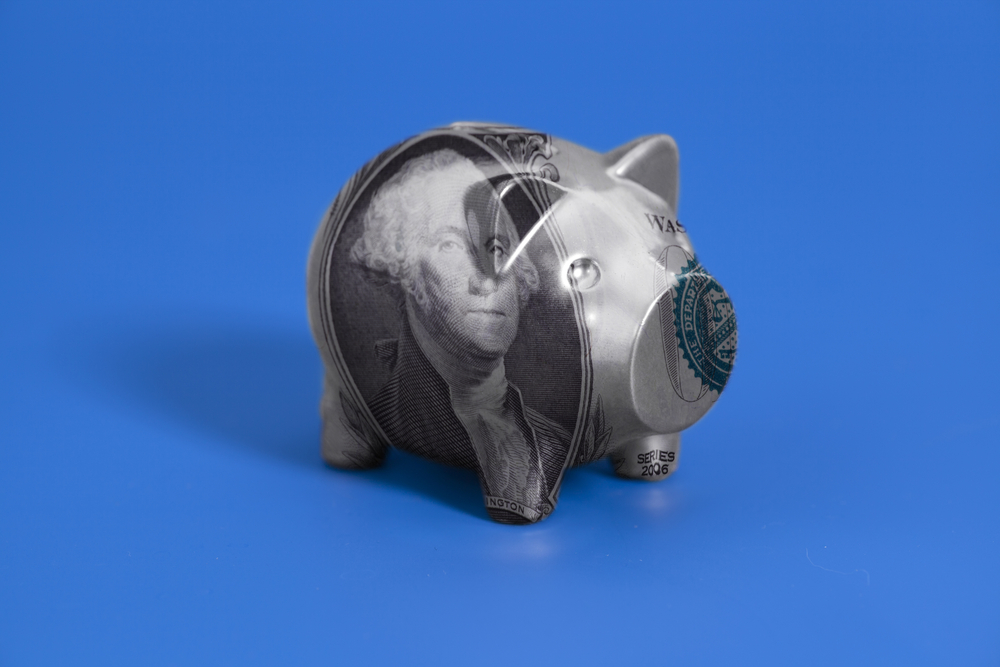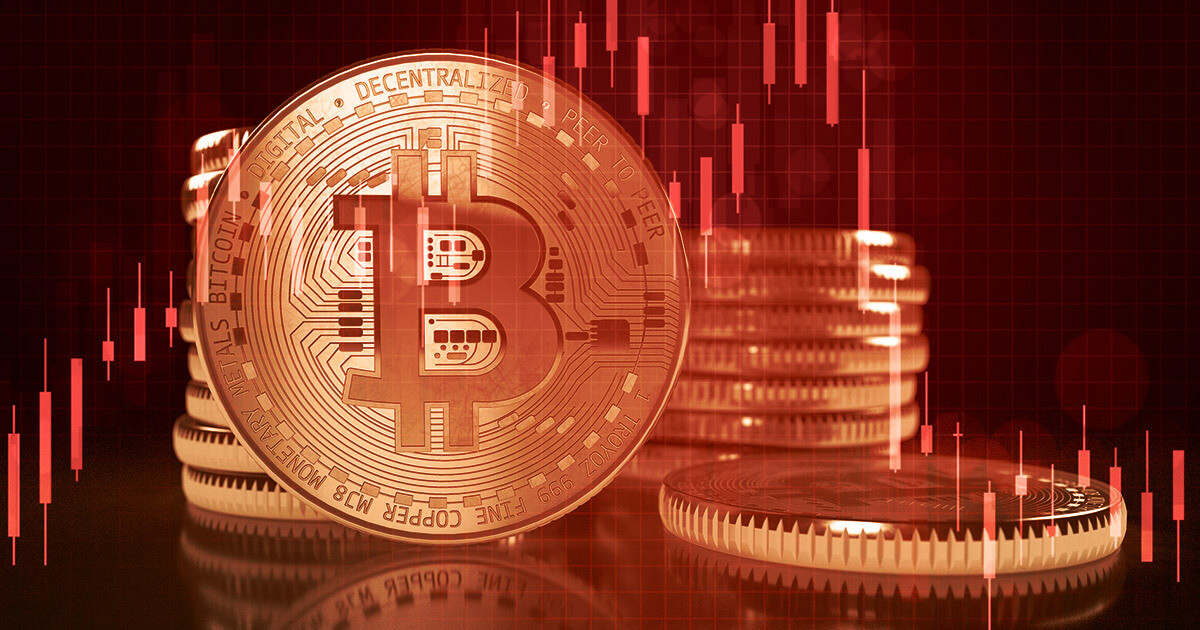Damar Hamlin’s shocking injury on the field on January 2nd has reignited debates about safety in the dangerous sport. Safety should be a top priority, but if the NFL or worse, lawmakers, decide to increase safety standards, they may increase critical injuries rather than decrease them.
The key to this is the Peltzman Effect. In a 1975 paper, economist Sam Peltzman theorized that automobile safety regulations would, apart from saving the lives of drivers, cause more pedestrian deaths due to the increased recklessness attributable to the safety measures. This can be easily universalized to all kinds of safety measures, especially those found in contact sports.
For example, helmets partially protect the head, and professional football has a notorious concussion problem. Why? People are emboldened by the extra protection to lead into tackles headfirst.
The recent introduction of additional safety equipment to the NFL is not exempt from this effect. The so-called “Guardian Caps” were introduced in 2022’s training season. They functionally act as an airbag for the head. Data on the Guardian Caps claim that it could reduce the impact of a collision by 10-20% in professional football games.
I am not disputing how much they could reduce the impact force of collision. However, we should be concerned with how it affects behavior. Of course, the players will play the game with marginally more carelessness.
A good illustration of this problem is bubble soccer. This is a game in which people play soccer while in giant inflatable balls that completely protect them from impacts. The balls are massive and provide almost perfect protection. The result? Families have a grand time crashing into each other at neck-break speeds. Maximum protection, minimum caution.
In the case of football, the helmets, Guardian Caps, and other padding only provide partial protection, but given that it provides protection, it should be expected to increase recklessness. The NFL, the press, and potential regulators should ask themselves this: Do the additional safety measures trump the effect of the additional recklessness embraced by the players?
Unfortunately, with the injury of Hamlin garnering nationwide attention, the NFL might get pressured into introducing more safety measures; the Guardian Cap could be one of them. The problem of risk compensation is not mainstream, so I doubt that the NFL will be pressured into considering the Peltzman Effect. Rightfully so, they are looking out for themselves; increasing safety measures protects them from lawsuits and government regulators, but they might end up hurting those they intend to protect.
Additional equipment has a diminishing effect on recklessness, doing away with most protection could be a step in the right direction.
I am not the only one to suggest this. Luckily, sports journalists have given the idea serious consideration in the past, and it has even been tried in some states such as New Jersey, Pennsylvania, Maryland, and Texas. Former Steelers receiver Hines Ward has even suggested removing helmets from the games in order to prevent concussions. Economist Art Carden in a 2021 article has also suggested, citing the Peltzman Effect, ditching safety gear.
There is still a long way to go before the public is convinced of the Peltzman Effect. Introducing the very concept makes people shake their heads and chuckle, but this is nothing to laugh about. People’s lives and bodies are being ruined, and we must do our best to convince the mainstream of this theory’s validity.
Until then, we should all wish Damar Hamlin a speedy recovery.
Benjamin Seevers is a student at Grove City College studying economics and philosophy.
















